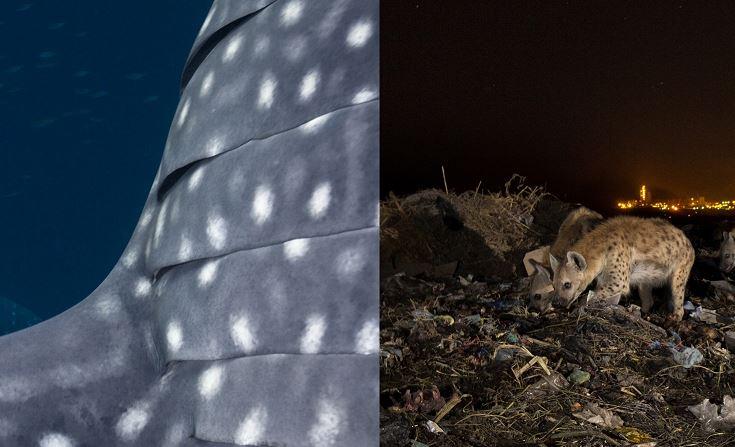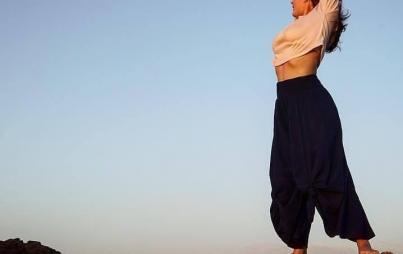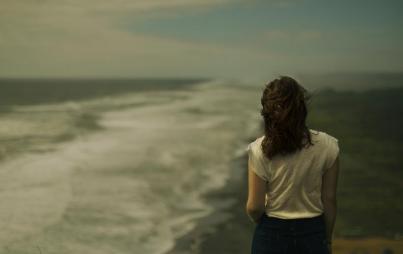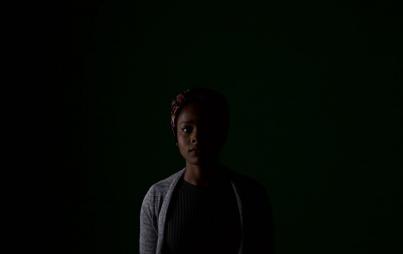
Last week, I wrote about women doing pioneering work in a field long dominated by men: wildlife photography. Spending days or weeks, if not months, camped out with cameras in the farthest-flung reaches of the globe, these photographers capture nature at its most intimate and vast, still and unbridled—bringing the world, and our place within it, into sharp and humbling focus.
The 2014 Wildlife Photographer of the Year awards, presented last week at the London Natural History Museum during a glittering event featuring The Duchess of Cambridge and Sir David Attenborough as presenters, honored the very best of this work.
Of the 15 total winners, just one—Indra Swari Wonowidjojo—is female; of the 75 total photos honored, only four were by women, for a representation of about 5%. This isn't to say the contest's judges are biased or sexist; rather, it reflects how fields like wildlife photography that require extensive travel and time in the roughest elements remain highly gender-skewed. This makes the work of the four women honored in the contest—Wonowidjojo, as well as Cristiana Damiano, Karine Aigner and Hilary O'Leary—all the more impressive and worth celebrating.
The Natural History Museum has graciously shared the winning shots by female photographers . . . and the thrilling stories behind them.
Indra Swari Wonowidjojo
Winner: "Underwater Species" category

Indra spent a few days diving in Cenderawasih Bay in Irian Jaya, Indonesia, to capture whale sharks feeding off the nets of local fishermen. "The sharks will happily swim straight into you, gently nudging you out of their way," she told the WPY awards. "The fishermen see them as good omens and often jump in and swim with them." This winning shot was captured at a moment when she crossed paths with the shark, the world's largest fish—revealing a rare close-up glimpse of a majestic creature that, sadly, is frequently illegally hunted.
Cristiana Damiano
Finalist: "Black and White" category

While it looks like a spider, the creature captured here—a harvestman—actually belongs to an ancient group of arachnids called the Opoliones that are more closely related to scorpions. Damiano snapped this photo during a hike in the Natural Regional Park of the Friulian Dolomites in northeast Italy, and recalled the difficulty of her venture to the awards team: "Scrambling over large boulders under the hot July sun was hard work with all my equipment." (We bet.) It was the camouflage abilities of the harvestman that caught her eye; the rest is photographic history.
Karine Aigner
Finalist: "World in our Hands" category

In Mekelle, northern Ethiopia, hyenas and locals have settled into a mutually beneficial relationship: The animals come to the dump to feed off bones and rotting meat, serving as de factor "municipal workers" for the community. During Lent, though, when the Orthodox church requires fasting for 55 days, the hyenas are denied their normal food and must resort to hunting livestock. Still, the locals welcome the hyenas, shown here in the heat of their landfill hunt. (The animals also apparently feasted on one of Aigner's mini-tripods, which she chalks up to a lesson learned.)
Hilary O'Leary
Finalist: "People's Choice" award

The story of the black rhino is one all-too commonly told: poached in numbers for its horn, the species shrunk in size by an astounding 98% between 1960 and 1995, and remains on the critically endangered list. This four-month-old calf was found dehydrated and lost in the African brush, and has been nurtured, minimally, by humans aiding in its protection and feeding. O'Leary found it with anti-poaching scouts, and took this photo revealing the power of humans to desroy or nurture animal life—or, as the WPY awards put it, "one small moment that tells a very big story."






